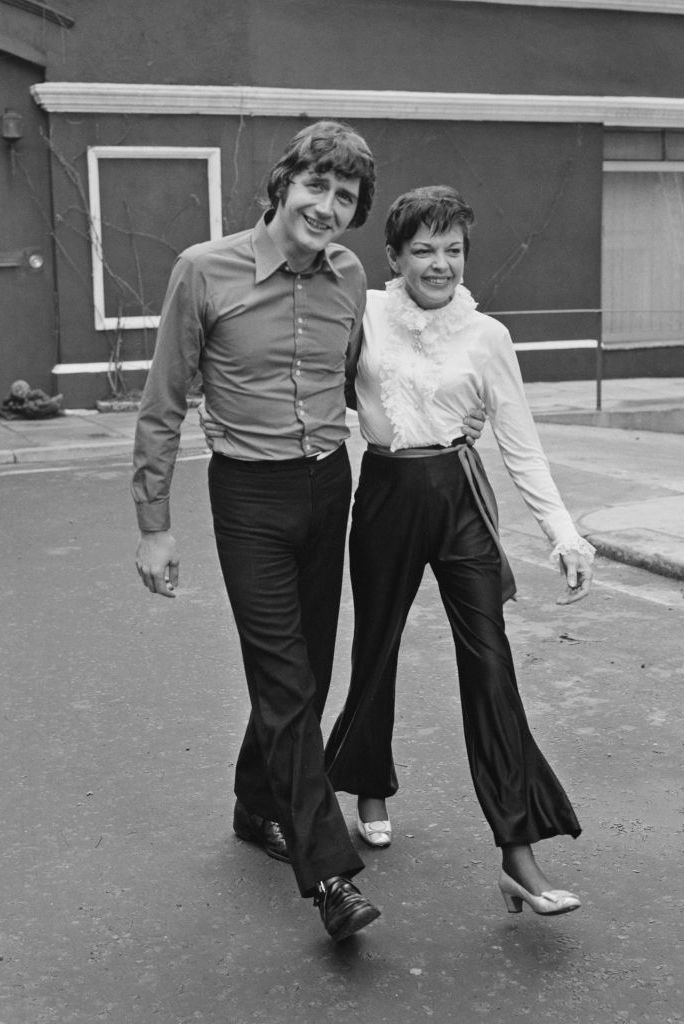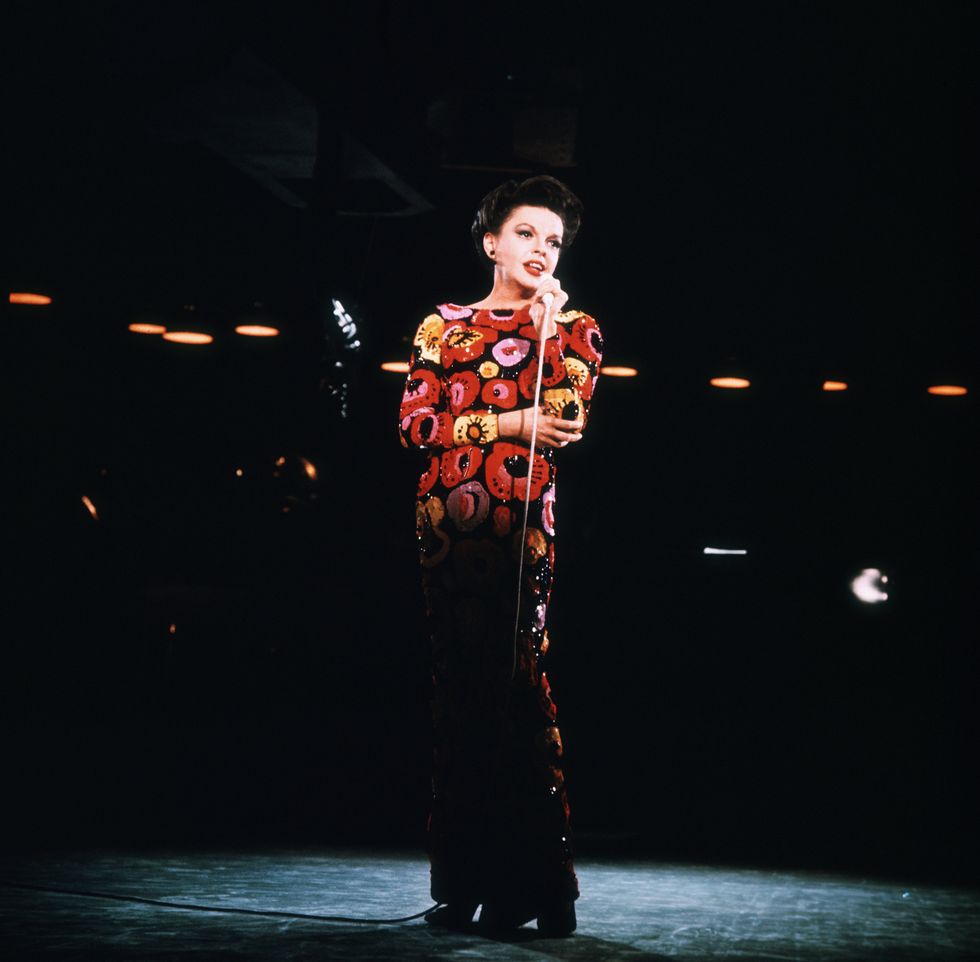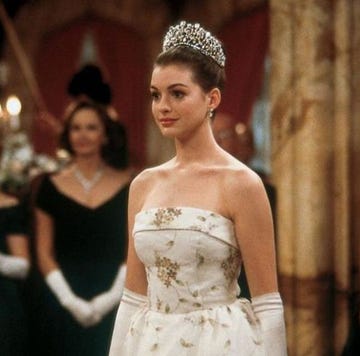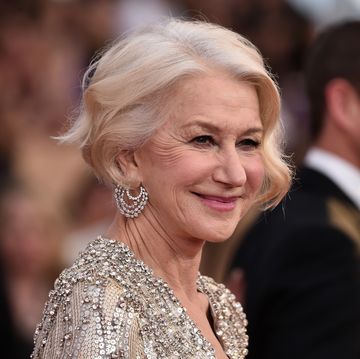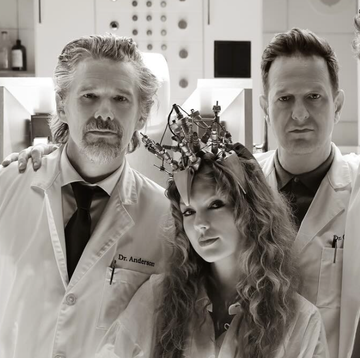In 1954, actress and singer Judy Garland starred in what as destined to be her last iconic film role, as Esther Blodgett (aka Vicki Lester) in A Star is Born. Though she played the ingenue in the film, Garland herself perhaps had more in common with Vicki's love interest Norman Maine (James Mason), a former A lister whose career had begun to wane. Then a mere 32-years-old, Garland had already spent most of her life on the stage and screen, with a career that oscillated wildly along with her own mental and physical health. It was a trend that she would sadly continue until her death, 15 years later.
"I’m the queen of the comeback,” Garland said during an interview in 1968. “I’m getting tired of coming back. I really am. I can’t even go to… the powder room without making a comeback.”
The star would pass the following year, under tragic circumstances.
Gone Before She was 50
On June 22, 1969, Garland's new husband Mickey Deans broke down the locked bathroom door in their London flat and found the star dead; she was 47 years old. Following an autopsy, the coroner officially ruled the star's cause of death to be a self-administered accidental overdose on barbiturates, a then-common sleep aid.
The coroner, Gavin Thurston, announced to the press following the autopsy, “This is quite clearly an accidental circumstance to a person who was accustomed to taking barbiturates over a very long time. She took more barbiturates than she could tolerate.”
Though tragic, it was an outcome that was not entirely unexpected, both for those closest to her and the public—Garland's longterm struggles with addiction had become almost as well known as her legendary singing voice. Garland had a history of depression and alcoholism, and had attempted suicide several times (her third husband, Sid Luft, alleged that she tried to take her own life on at least 20 different occasions) the story of Garland's life played out more like a tragedy than the lighthearted story of a hopeful young woman she so often portrayed on film.
A History of Addiction
The third daughter of vaudevillians Frank and Ethel Gumm, the woman who would become an icon was born Frances Ethel Gumm on June 10, 1922, in Grand Rapids, Minnesota. At the age of two and a half, she made her stage debut performing alongside her older sisters Mary Jane and Virginia as the Gumm Sisters.
Ethel, an aggressive and critical stage mother, was the first to give Garland pills—both to keep her energy up for the stage as well as to bring her down and sleep afterwards—starting as early as age ten, according to the biography Get Happy: The Life of Judy Garland by Gerald Clarke.
It was a problem that worsened when Garland signed on as an actress with MGM in 1935. The actress later spoke about the breakneck pace at which she was expected to work—she starred in more than two dozen films for the studio—and executives, including founder Louis B. Mayer, would have the actors medicated with both uppers and downers to maintain the schedule.
"They had us working days and nights on end. They’d give us pills to keep us on our feet long after we were exhausted. Then they’d take us to the studio hospital and knock us out with sleeping pills–[co-star Mickey Rooney] sprawled out on one bed and me on another," Garland said, according to Paul Donnelley's biography of the actress. "Then after four hours they’d wake us up and give us the pep pills again so we could work 72 hours in a row. Half of the time we were hanging from the ceiling but it was a way of life for us."
(It is worth noting that Rooney denied that the actors were forcibly medicated by the studio.)
Drugs, Dieting, and Depression
As Garland's star rose with roles like Dorothy in The Wizard of Oz, so too did the studio's scrutiny of her figure.
"Most of her teen and adult life, she had been on either Benzedrine or a diet or both," Luft wrote in his memoir Judy and I: My Life With Judy Garland. "Unlike other actresses, she could not successfully camouflage extra weight, especially because she was dancing and singing in revealing costumes. Just 4 feet 11.5 inches, she could be underweight and still appear heavy or out of proportion on screen."
To compensate for Garland's perceived weight problem, MGM placed her on a highly restrictive diet of chicken soup and black coffee, along with cigarettes and pills to suppress her appetite. Luft added in his book, "Her excuse was the weight issue, when in fact she was dependent... She confessed it was virtually impossible for her to sustain a work mode in front of the cameras without taking some kind of medication."
Along with anxiety about her size and persistent stage fright, Garland's personal life offered limited respite. She was 19 when she married bandleader David Rose, but the relationship was shortlived and the couple divorced in 1944. The following year she married director Vincente Minnelli, with whom she had daughter Liza. Though it wasn't diagnosed at the time, Garland appears to have suffered from postpartum depression following her daughter's birth and remained in the hospital for a month.
During that time she suffered from a nervous breakdown and was treated at two different clinics over the course of several months before returning to work and family life. Her marriage to Minnelli began deteriorating (they divorced in 1951) along with her career. Her self-medication becoming so severe that MGM began to remove her from films in which she'd been slated to star. After 15 years at the studio, MGM ultimately terminated her contract.
Garland would go on to marry three more times: Sid Luft in 1952, with whom she had two children, Lorna (in 1952) and Joey (in 1955); Mark Herron in 1965, after he produced her two successful 1964 London Palladium concerts with Liza; and finally Mickey Deans in 1969 just three months before her death. Deans later revealed in his own memoir of their relationship that he met Garland while delivering stimulants to her hotel room.
Toward the end of her life, monetary issues loomed large, and Garland played solo concerts in part to pay off the thousands of dollars in back taxes she owed to the IRS. These shows were often marked by erratic performances and hostile audiences, angered by Garland taking the stage sometimes hours late.
"It took drugs ... to get her back to a level place where you could have a conversation with her, where you could get her to sign checks, sign contracts, talk about business," Garland's manager Stevie Phillips told Inside Edition of the star's later years.
Garland's last performance was Copenhagen, Denmark in late March, 1969. She died of an overdose that June, just 12 days after her 47th birthday.

Lauren Hubbard is a freelance writer and Town & Country contributor who covers beauty, shopping, entertainment, travel, home decor, wine, and cocktails.
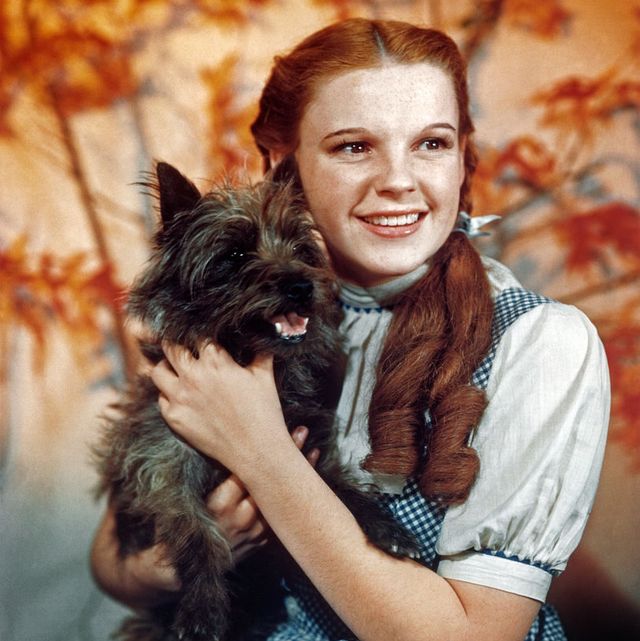
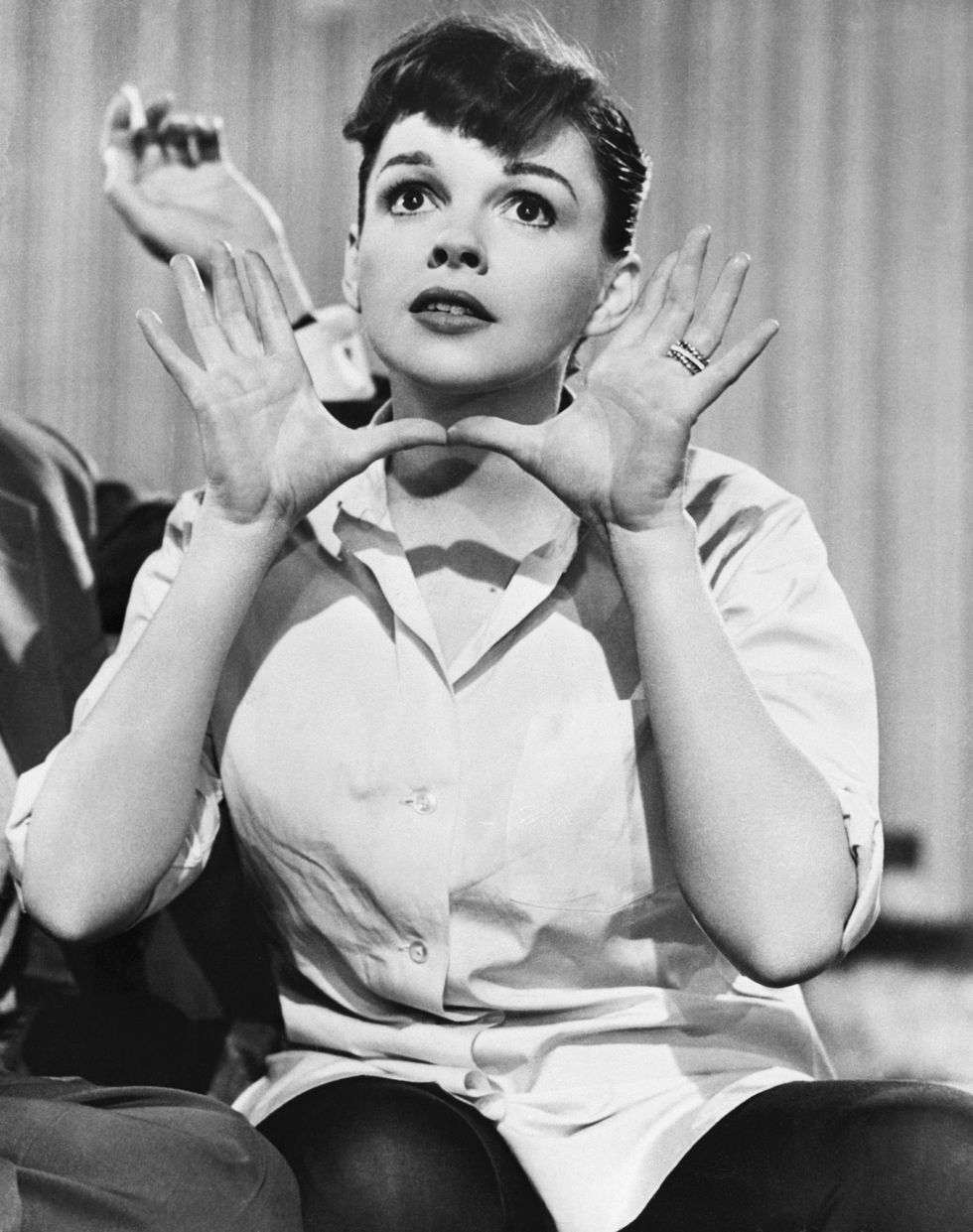
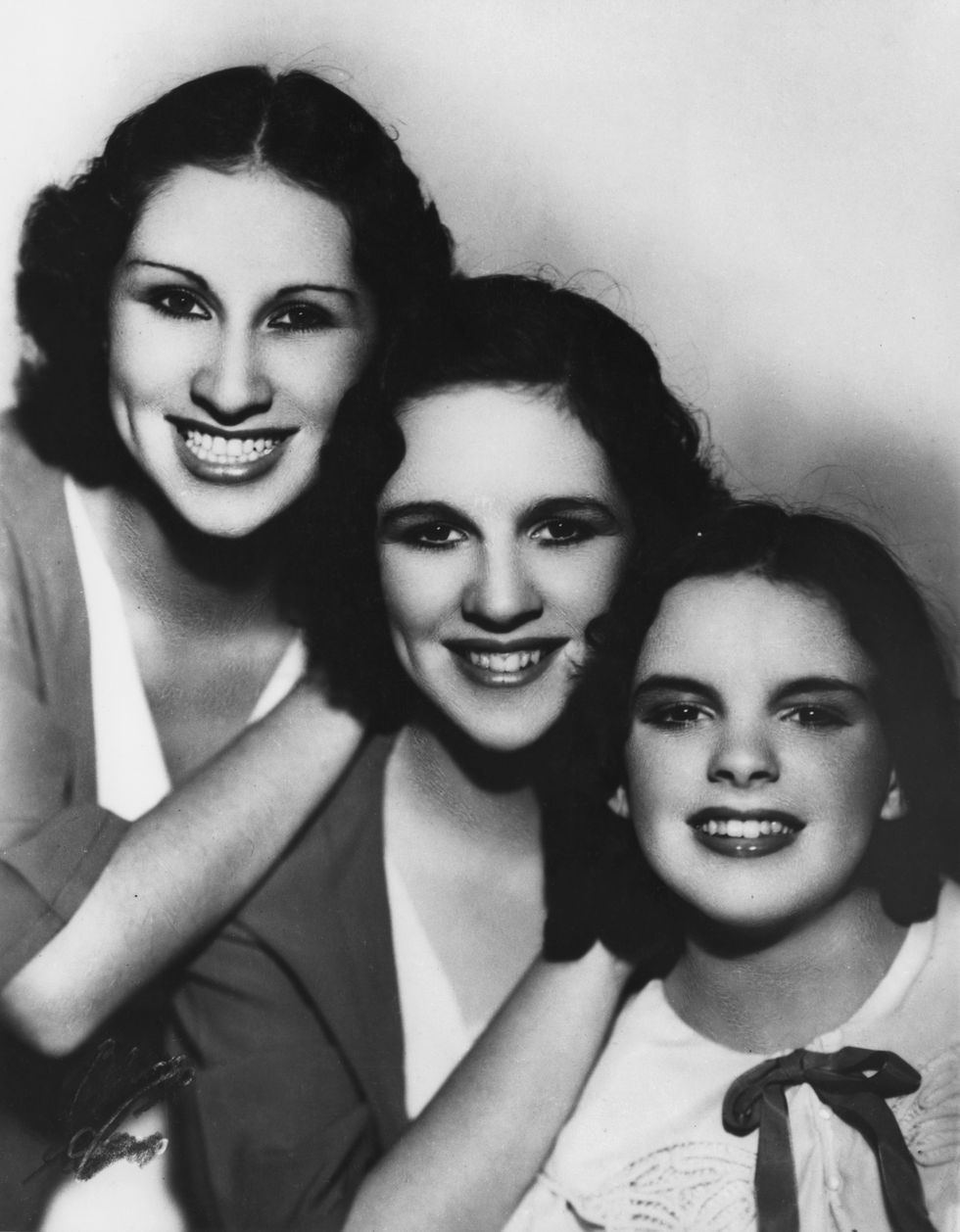
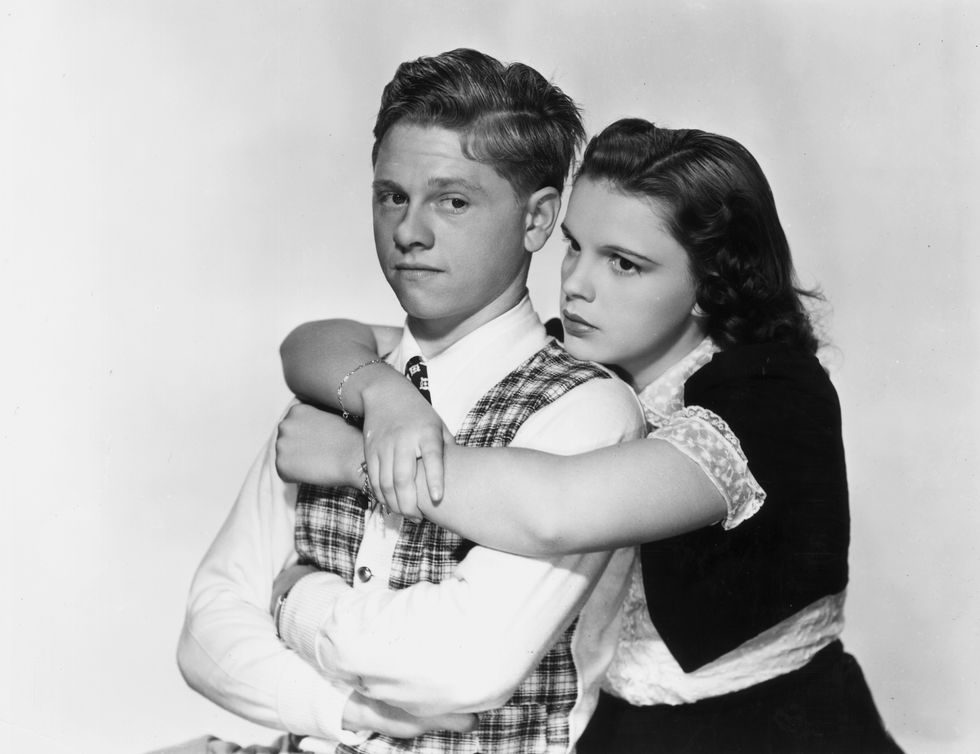
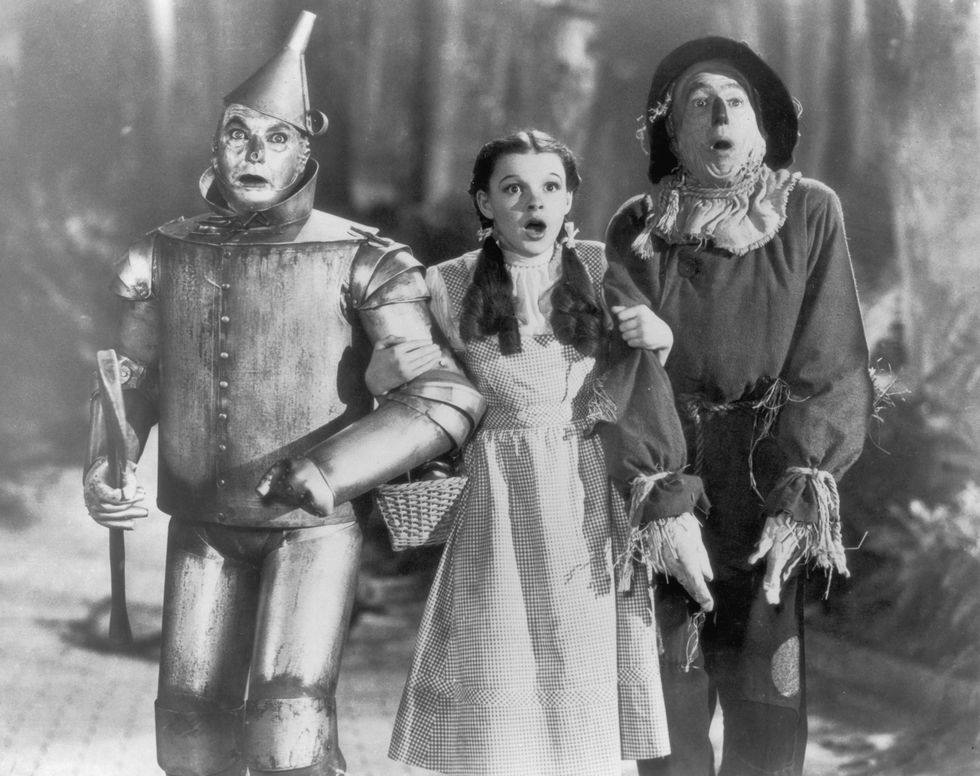
![Judy Garland [& Family];Liza Minnelli Judy Garland [& Family];Liza Minnelli](https://hips.hearstapps.com/hmg-prod/images/gettyimages-50371197-1569614000.jpg?resize=980:*)
